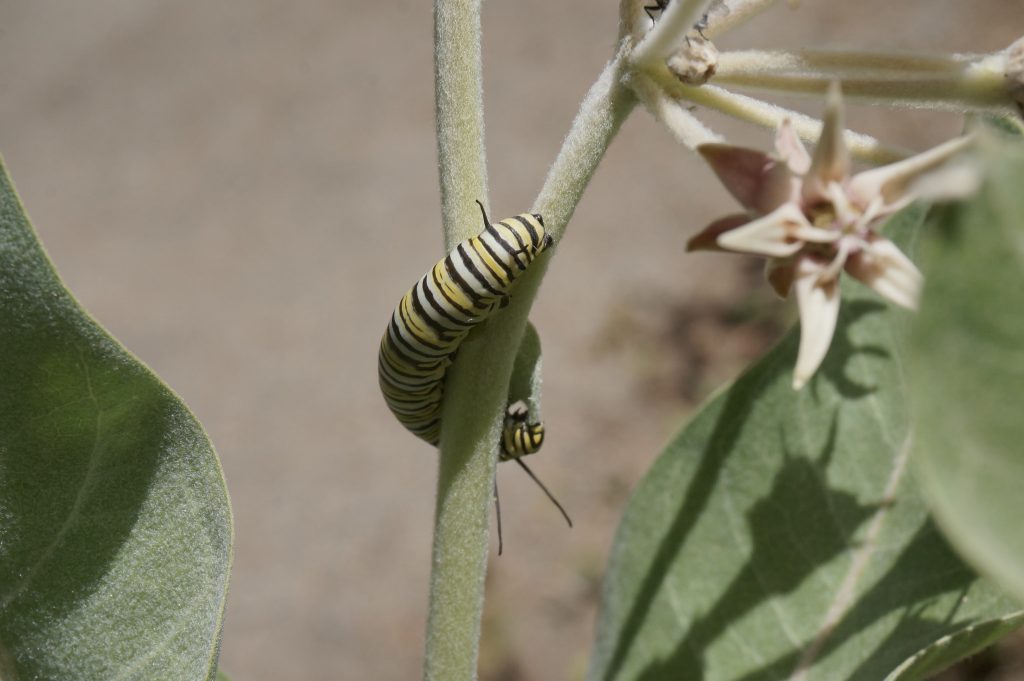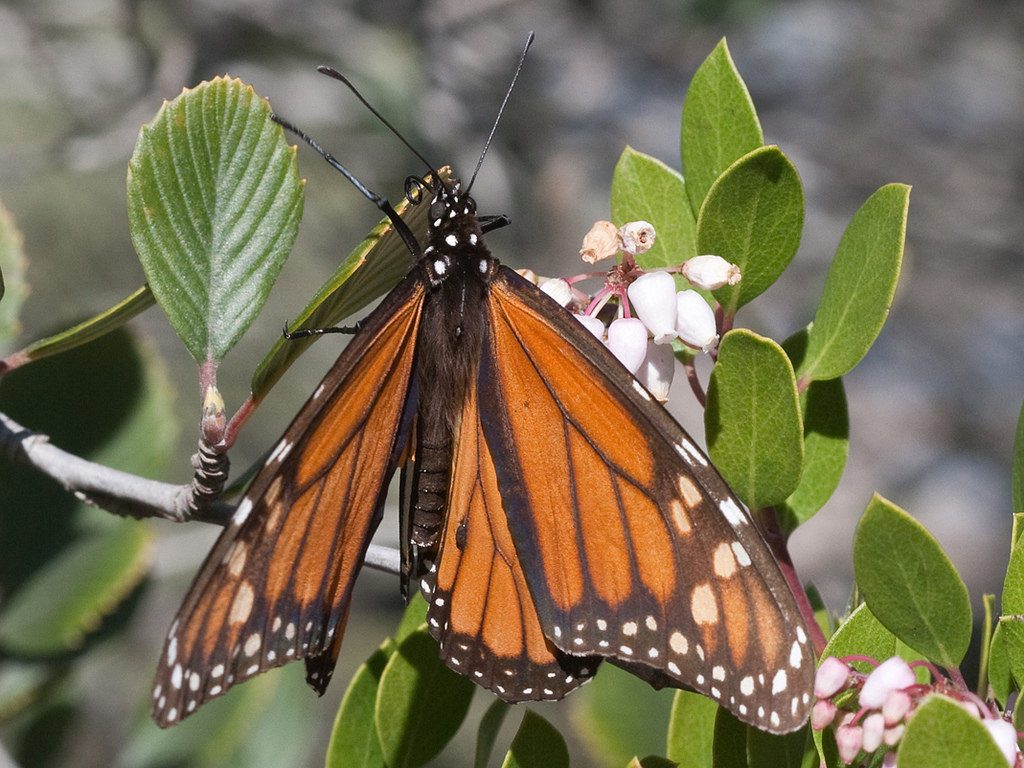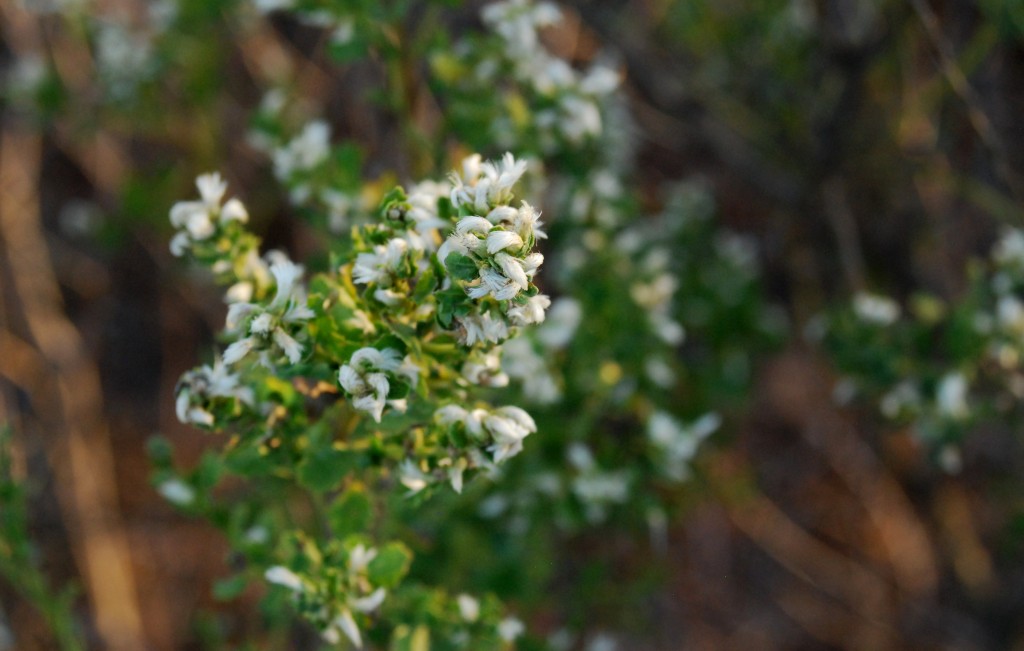Why western monarchs are disappearing
In recent years, scientists have cited several reasons for the dramatic loss of Western monarch butterflies. A well-known and loved butterfly species that travels thousands of miles over multiple generations to escape the cold northern winters.
Lack of native milkweed
One reason for this reduction in numbers revolves around the loss of essential native milkweed plants along the monarchs’ migration path. These plants provide a place for the monarchs to lay their eggs and allow their larvae to feed on of them. Milkweed plants are also a food source for monarch caterpillars.
By consuming the milky juice of the plant, caterpillars become toxic for birds and other predators, discouraging their consumption. Native milkweed plants are often cut down for agriculture or other development. Fewer milkweed plants means less food for caterpillars, reduced protection from predators, and fewer places for adults to lay eggs. The number of monarchs decreases in response to these challenges.

Insecticides and herbicides
The use of insecticides both in agriculture and for landscaping purposes is a major threat to monarchs. Butterflies that travel over farm fields are especially at risk, but chemical pesticides can also drift in the wind leading to contamination outside of agricultural areas that may also affect monarchs and other butterflies. In addition, herbicides used to kill weeds can also kill native plants, including the milkweed butterflies must lay their eggs on.
Lack of nectar-producing plants to fuel their journey
Another problem that adult monarchs face is a shortage of nectar-producing plants that the first through fourth generations must feed on as they migrate north. Whereas butterflies used to have wide open lands to travel across and plenty of flowering plants to feed on, increased housing and industrial development as well as large-scale farming operations have replaced wild lands, contributing to this shortage. Herbicides also contribute by killing flowering plants along the migration path. Without enough food, monarchs cannot successfully migrate or produce the next generation to continue the journey.

Monarch numbers are still declining
Despite efforts by organizations and agencies like the Xerces Society, the U.S. Fish and Wildlife Service, and California State Parks to help monarchs by conserving habitat along their migration path, encouraging people to plant native milkweed and nectar-producing plants, and working to curb the use of harmful insecticides and herbicides, the number of monarchs found at overwintering sites along the Pacific coast dropped drastically over the past few years.
What the Monarch Count data show
Data reported during the Western Monarch Thanksgiving Count showed an 86% drop in the overwintering population along California’s Pacific coast between 2017 and 2018. Records show that 192,668 were counted during the 2017 effort while less than 30,000 were counted in both 2018 and 2019. During the Thanksgiving 2020 count, volunteers at the Pismo State Beach Butterfly Grove counted a mere 200 butterflies.
During the winter of 2019 through 2020, the data show an average 46% decline in monarch populations just between the Thanksgiving and New Year’s counts.
These numbers are concerning on their own, but they become even more worrisome in the light of scientists’ estimate that 30,000 monarchs may be the extinction threshold for the species.
What you can do to help monarchs and the people who study and protect them
Help scientists gather the data they need
Data gathered by community scientists during the annual Thanksgiving and New Year’s monarch counts put on by the Xerces Society is what brought these numbers to the scientific community’s attention. This data is essential in helping to paint a full picture of the threats that monarch butterflies face. It also helps us understand what we still might be able to do to help conserve this iconic species of transnational pollinators.
Now through January 10, 2021 you can participate in the New Year’s Western monarch count. This is an outdoor activity that you can safely do while wearing a mask and social distancing. It requires registration and some planning ahead, so check out the resources today.
Help implement the Xerces’ Society’s five steps to recovering the Western monarch population
The Xerces Society has laid out five steps that we can take to help recover the Western monarch population. They are:
- Protect and manage California overwintering sites
- Restore breeding and migratory habitat in California
- Protect monarchs and their habitat from pesticides
- Protect, manage, and restore summer breeding and fall migration monarch habitat outside of California
- Answer key research questions about how to best aid western monarch recovery
Some of these steps are already being taken by nonprofits, universities, and state organizations. However, you can help with steps 2 and 3. Working to restore breeding and migratory habitat in your yard and garden can be as simple as planting nectar-producing plants that bloom in the fall and winter.

You can also choose to reduce your use of pesticides or opt for an entirely organic approach to gardening. Here are some ideas for alternative pest control methods. This will help monarchs as well as other wildlife, and it can improve health of our creeks and bay by keeping harmful chemicals out of the water.
What will you do to help Western monarchs?
If you plant new nectar-producing natives, change up your gardening practices, or participate in the New Year’s monarch count, we’d love to hear about your efforts. Please share what you’ve been up to through our Contact Form, or share your photos in public social media posts and tag us! We’re @morrobaynep on Instagram and Twitter and @mbestuary on Facebook.
Help us protect and restore the Morro Bay estuary!
- Donate to the Estuary Program and support our work in the field, the lab, and beyond.
The Estuary Program is a 501(c)3 nonprofit. We depend on funding from grants and generous donors to continue our work. - Support us by purchasing estuary-themed gear from ESTERO. This locally owned and operated company donates 20% of proceeds from its Estuary clothing line and 100% of Estuary decal proceeds to the Estuary Program. Thank you, ESTERO!
- Purchase items from the the Estuary Program’s store on Zazzle. Zazzle prints and ships your items, and the Estuary Program receives 10% of the proceeds. Choose from mugs, hats, t-shirts, and even fanny packs (they’re back!) with our fun Estuary Octopus design, our classic Estuary Program logo, or our Mutts for the Bay logo.
Thank you for your support!